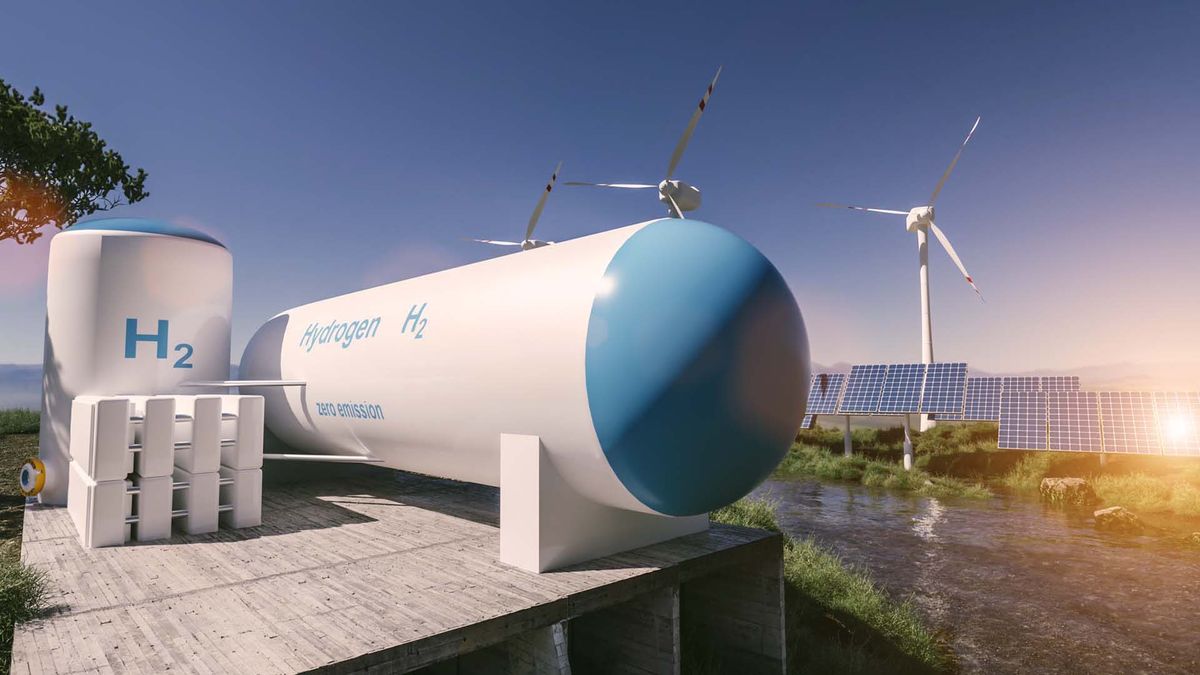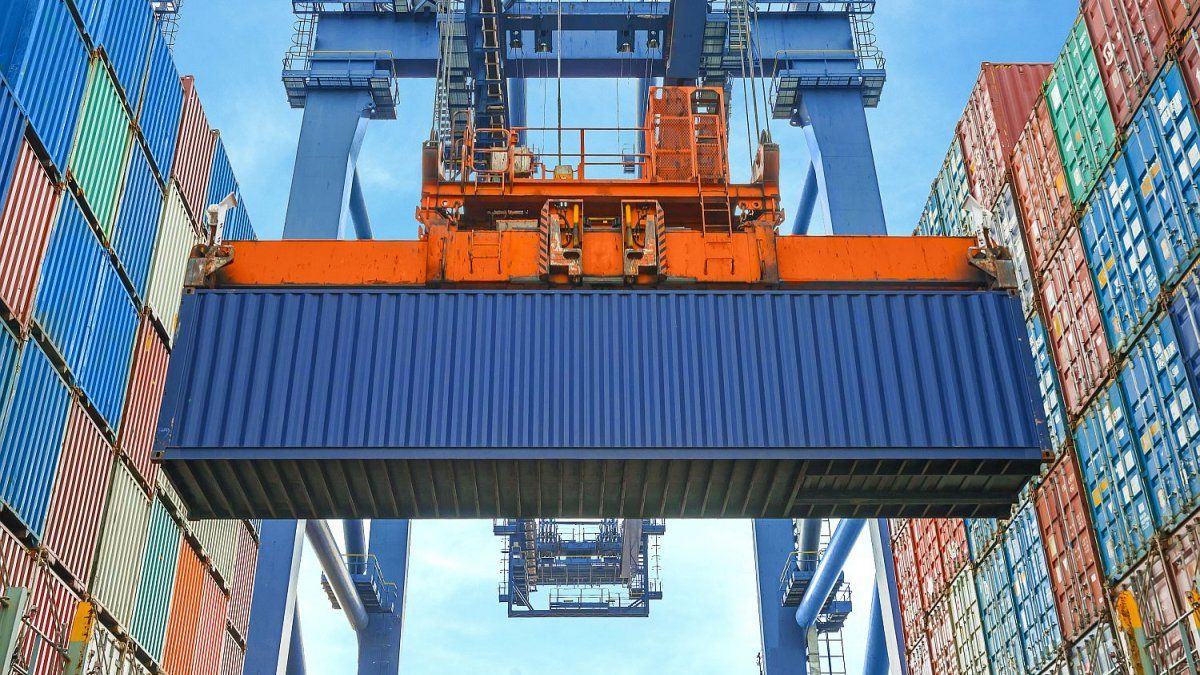The Chilean president, Gabriel Boric, presented the Green Hydrogen Action Plan, a set of 80 measures with which Chili seeks to reduce the installation and production costs of green hydrogen by 2030, and thus become one of the main exporters in 2040. Chili, in addition to Colombia and Braziljoin the race for this fuel in a scenario that is promising for Uruguay.
“The energy transition for many countries is a difficult challenge and a heavy burden in terms of reconversion, but for Chili It is an opportunity for growth that we cannot miss,” said the Chilean president from the La Moneda Palace during the presentation of the action plan.
The text, prepared with the participation of citizen workshops, inter-ministerial tables, a consultive advice and a Strategic Committee of ten members, including the former president Michelle Bachelet (during the periods 2006-2010 and 2014-2018), will be implemented in two stages.
The keys to the Chilean project
The first stage will take place between 2023 and 2026 and will establish the conditions that allow the development of the industry “by defining environmental, social and labor standards”, in addition to having an “efficient” permit system, promoting scientific research in the industry and advance tax and financial incentives, stated a note from the Presidency.
From 2026 to 2030, the second stage will be implemented, which will contemplate regulatory territorial planning instruments, local development, citizen participation and the preparation of human capital for the production of green fuel. “Here the well-being of Chili in the coming decades, if we know how to take advantage of this window of opportunity,” added Boric.
For her part, former President Bachelet, who spoke on behalf of the Strategic Committeehighlighted that the plan allows “a leap towards a more diverse, productive and innovative economy” and stressed the ability to “build agreements” during its preparation.
Favorable conditions
With 4,200 kilometers of coastline, Chili It has optimal conditions to produce green hydrogen. Its advantageous geographical position, weather conditions and competitive production of solar and wind energy necessary to obtain the resource, place Chili as one of the leaders in the market for the so-called “fuel of the future”.
The Chilean Government seeks to have between 10 and 12 confirmed green hydrogen projects before the end of its mandate, at the end of 2025. Currently, there are more than 50 projects under study by different companies, as explained by the Minister of Tax authorities, Mario Marcellast week.
In June, the Executive announced the creation of a fund that will allocate $1 billion to the development of the resource through private investment, with financial mechanisms that will support these projects.
Among these, there are agreements agreed with the Production Promotion Corporation (Corfo) and with international institutions, such as the World Bank (WB), he Inter-American Development Bank (IDB)he Development Bank of Latin America and the Caribbean and the German Cooperation Agency.
Competition increases
Before the news from Chile, in mid-April the news came out that the president of Colombia, Gustavo Petro, negotiates with its Brazilian counterpart Luiz Inácio Lula da Silva an alliance between the oil companies Ecopetrol and Petrobras, with the aim of working together on a green hydrogen project and promoting the production of this clean energy to put the region at the “avant-garde.”
The alliance was proposed as “a strategic key” to strengthen the decarbonization of the economy—one of the objectives that also has Uruguay. “I propose to make a common project of green hydrogen in Colombia and in Brazil to become vanguards of clean energy in South America and in the world. It is likely that the green hydrogen be the oil of the future; The Germans say so,” Petro said in this regard.
For the agreement to be finalized, many levels of negotiation will surely be missing, but the rapprochement between Colombia and Brazil There is no doubt —Lula will help promote Colombian entry into the BRICS, after the resignation of Argentina-; much of the flow of investment between both countries it is already energetic; and clean energies and green hydrogen, They are a great development opportunity for the two South American nations, with the advantage that Brazil, where 90% of the energy is already supported by renewable sources, and has an important track record in the matter.
Source: Ambito




